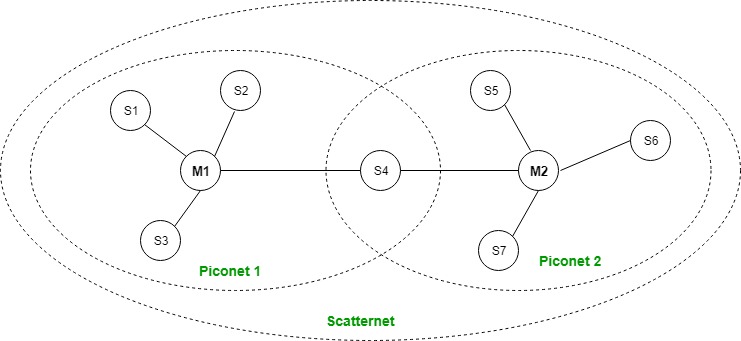Blue smacking is one of the older types of attacks against the protocol. In our investigation of this attack, you’ll find that it’s a variant of a common attack called denial of service against networks, devices, and applications. In short, when we perform a Blue smack attack, we perform a specially crafted package that can render a device unusable. This attack works by transmitting packets that exceed the maximum packet size available on the Bluetooth device. The end result is that the device is unable to process the packet and the target becomes a denial of service victim. This attack is a variation of the popular Death’s Flat attack.

Blue Smack Attack:
- Blue Smack is used to targeting networks protected by WPA2 (Wi-Fi Protected Access II) or WPA-PSK (TKIP with a pre-shared key) and uses multiple attack vectors.
- The first and original Blue Smack attack vector is used to launch what is known as a “handshake” attack against vulnerable access points.
- A handshake is a process where a device attempts to connect to another device in order for them to communicate. As this is one of the most frequent connection processes of a Wi-Fi network, the fact that it was successfully breached means that users are highly at risk of being attacked by malicious actors on public Wi-Fi networks.
- The exploit was first seen in a mass attack that targeted Access Points at airports, cafés, and other public spaces around the world.
- It was later found in Greece and India and eventually became more prevalent in Israel, where it was used as part of a multi-vector attack against Subway Wi-Fi networks. The attacks targeted multiple devices connected to Subway Wi-Fi networks, with many being compromised and used as a part of a botnet in order to infect users with malicious payloads.
Key Points:
- The interesting fact about this attack is that it does not require the attacker to be physically present within the same Wi-Fi network as the victim or near any point of entry for gaining access to the network itself.
- It can also be used to attack individual devices on the same network. As just one device can act as an access point for any other device within range, victims would not necessarily be able to identify the source of the attack that lead to the breach.
- It is also possible to cause physical harm by compromising autonomous vehicle systems, which rely heavily on Wi-Fi networks for communication.
- Because WPA2 has been used since 2004 it is highly likely that most networks today are still using this type of encryption, making it hard for organizations with aging infrastructure to upgrade in order to protect themselves from this attack vector.
Procedure:
- Hackers first use standard tools such as l2ping that come with the Linux Bluexutils package.
- The I2ping tool also allows hackers to specify the packet length using several commands. As a result, Bluetooth-enabled devices are overwhelmed by the malicious demands of hackers, and victims are unable to operate the device.
- Attack atlas can interfere with the normal operation of the victim’s device and even affect the performance of the device.
Countermeasures:
- Turn off Bluetooth when you are not using it.
- Do not save the permanent pairing PIN code on your device.
- Turn off Bluetooth in public places such as restaurants, shops, airports, malls, and train stations.
- If something goes wrong with the device, the user can switch to another location to avoid this type of attack.
- If you are using Bluetooth, set the device to stealth mode or undetectable mode





 Hlo guys wellcome to our community its non profit community made for hackers
and we are helping people to know scam and fraud and developing new things of hacking to get up in digital world 🌎 so let’s start 🎖
Hlo guys wellcome to our community its non profit community made for hackers
and we are helping people to know scam and fraud and developing new things of hacking to get up in digital world 🌎 so let’s start 🎖